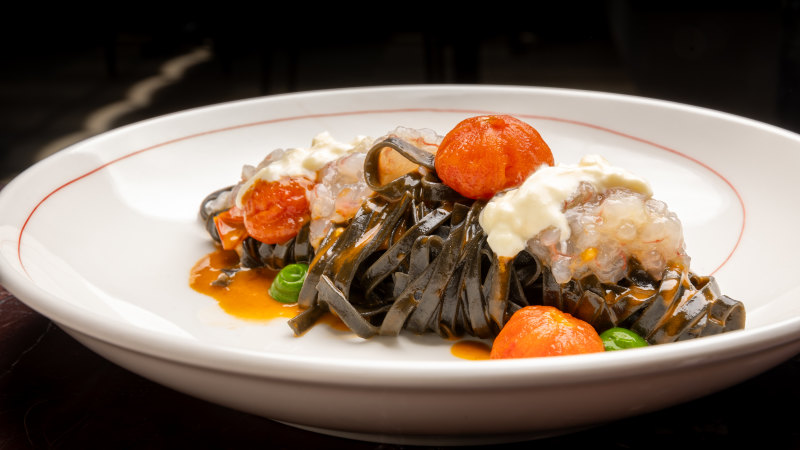When it comes to milk, the choice between pasteurized and unpasteurized (raw) milk can impact both health and safety. Understanding the differences is crucial in making an informed decision. Pasteurized milk Safety Pasteurized milk is heat-treated to kill harmful bacteria like E.
coli, Salmonella, and Listeria. This process makes it much safer to consume, especially for children, pregnant women, the elderly, and those with weakened immune systems. When to choose For everyday consumption, especially for families and those at higher risk of infections, pasteurized milk is the safer and recommended choice.
It provides the same nutrients as raw milk but with significantly lower health risks. Unpasteurized (raw) milk Safety Raw milk has not undergone heat treatment, which means it can carry harmful pathogens. Proponents claim it has more natural enzymes, nutrients, and beneficial bacteria, but these benefits come with higher health risks.
When to choose Raw milk may be chosen by individuals who prioritize organic or farm-fresh foods, but it is not recommended for vulnerable groups like children, pregnant women, or the elderly. If consuming raw milk, ensure it comes from a reliable, clean source to reduce risks. Conclusion For most people, pasteurized milk is the safer and more practical choice due to its lower risk of contamination.
Raw milk may appeal to those seeking an unprocessed product, but it should be consumed with caution and only by those not at high risk for food-borne .

















